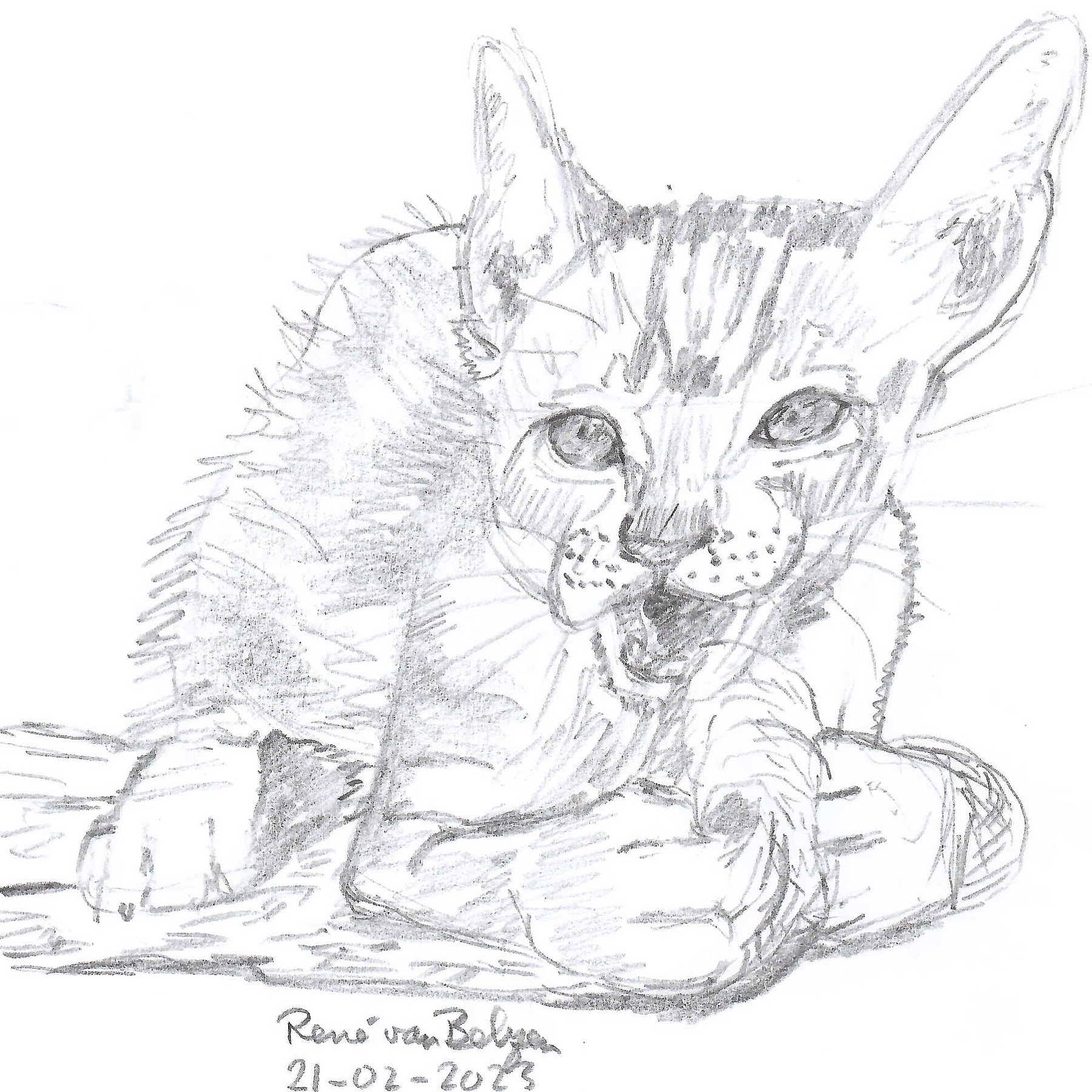-
Sketching ought to reach for the sky, while keeping things simple, IOW think big, draw small, tentative, unassuming, approachable. Making things look easy (so the viewer can relate) is hard work, takes time and patience. 🎨
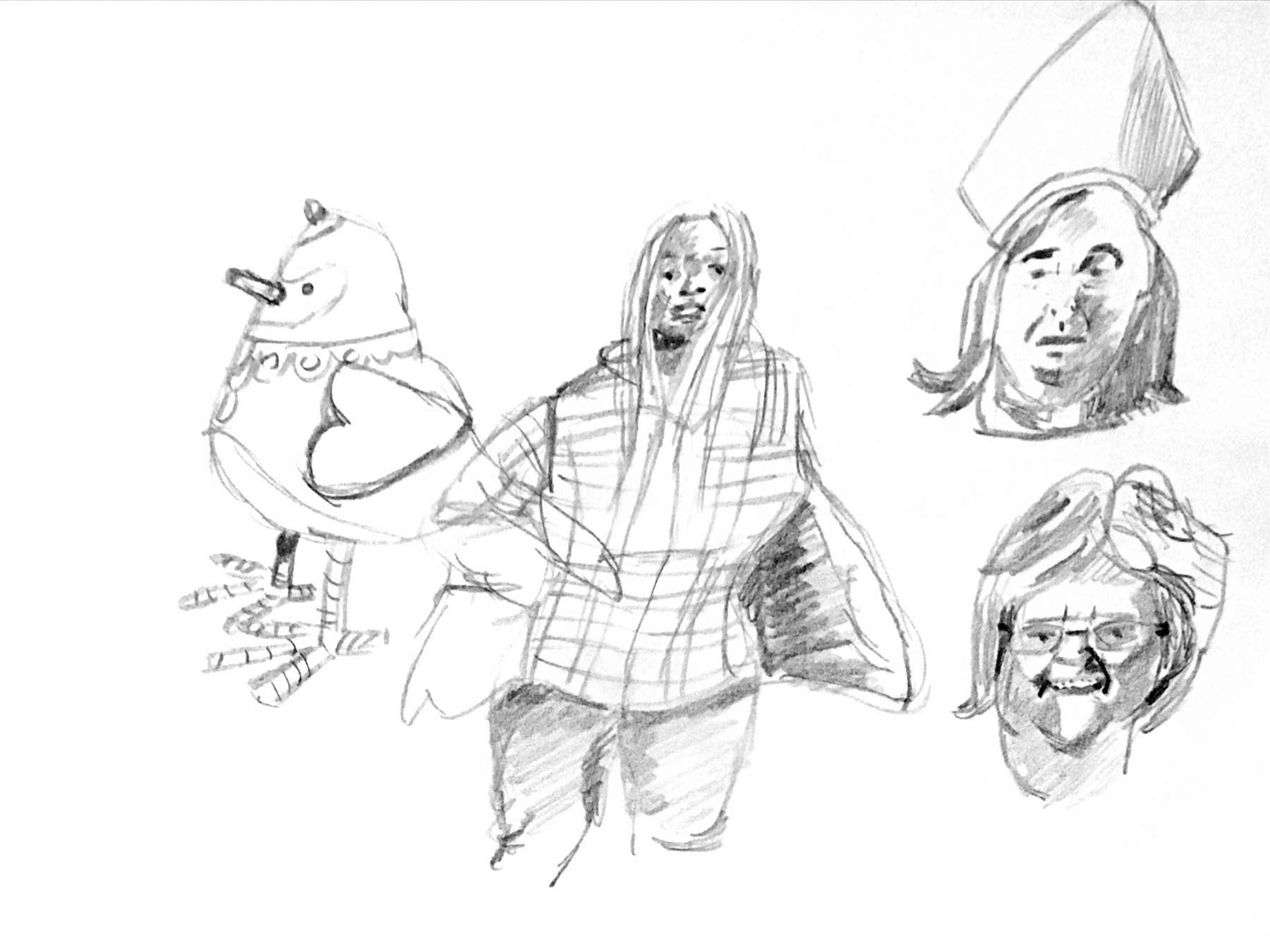
-
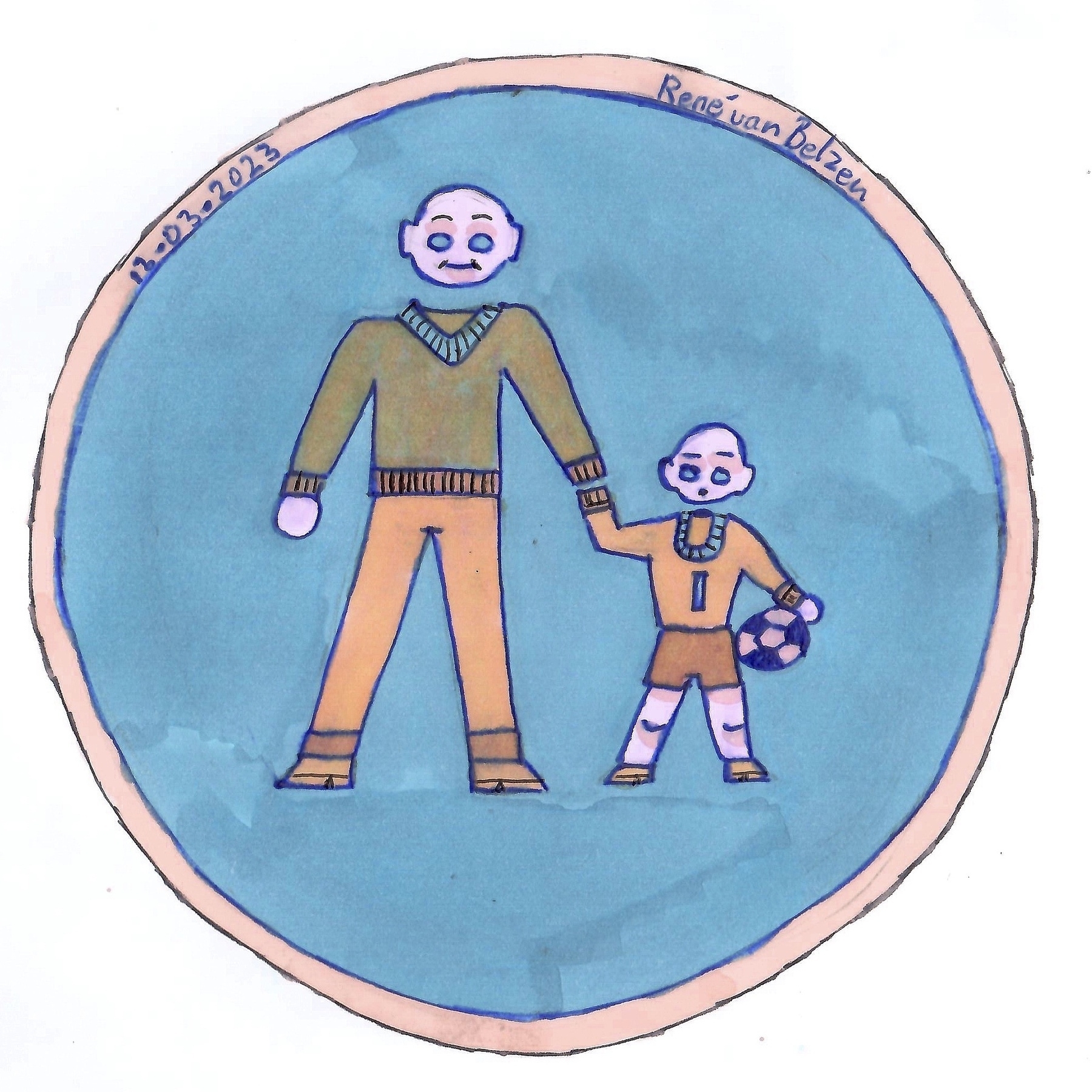
-
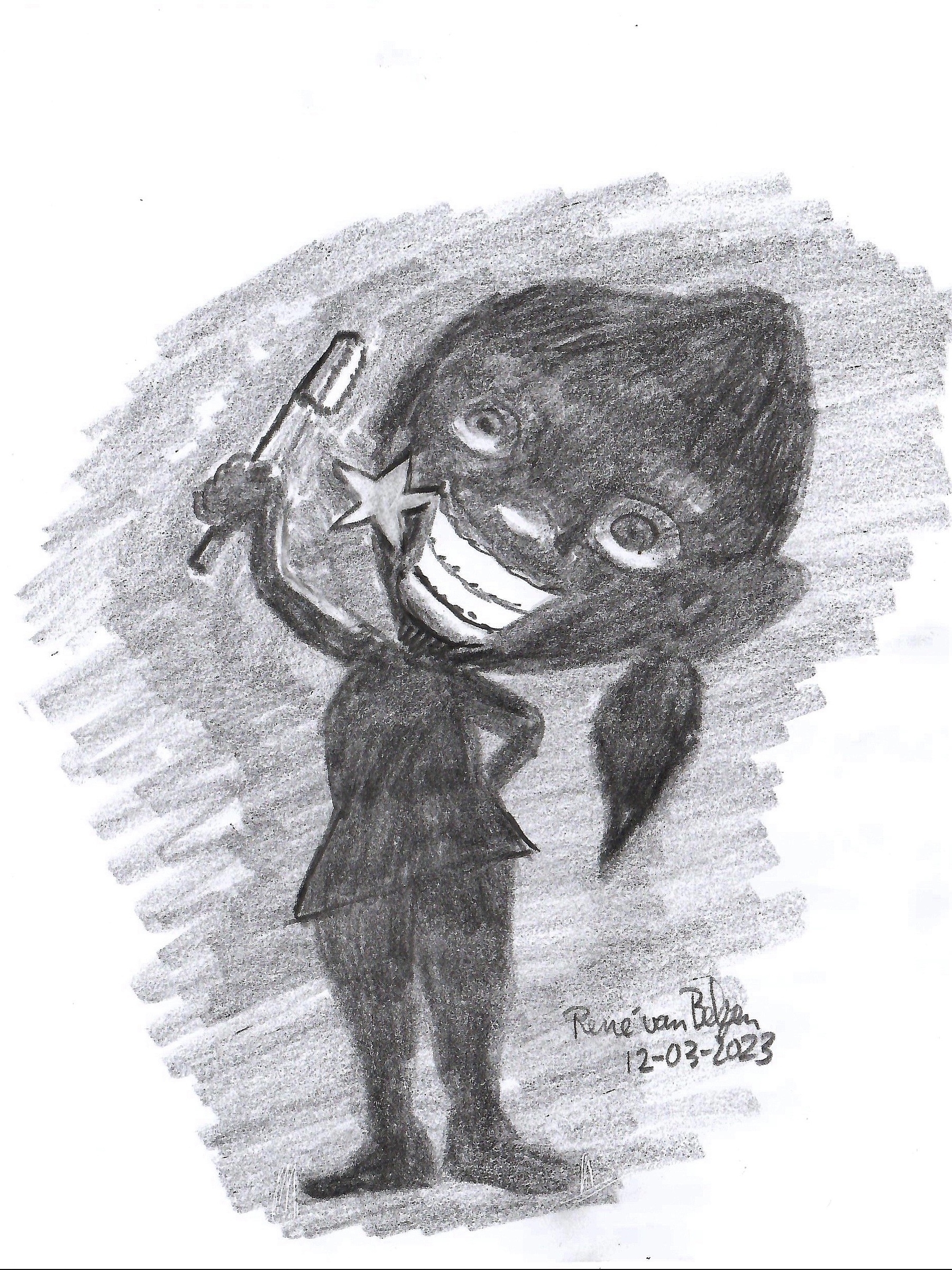
-
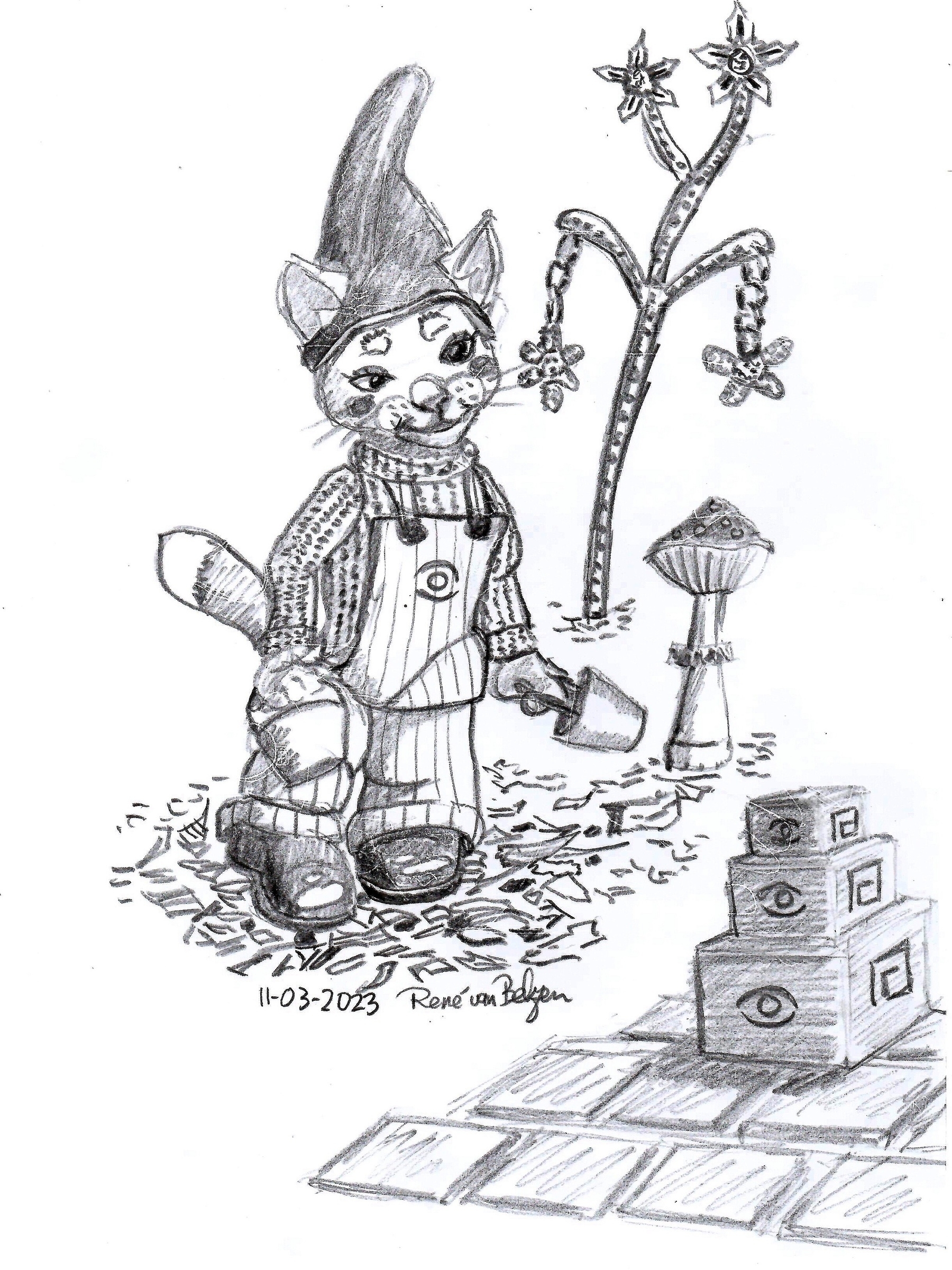
-
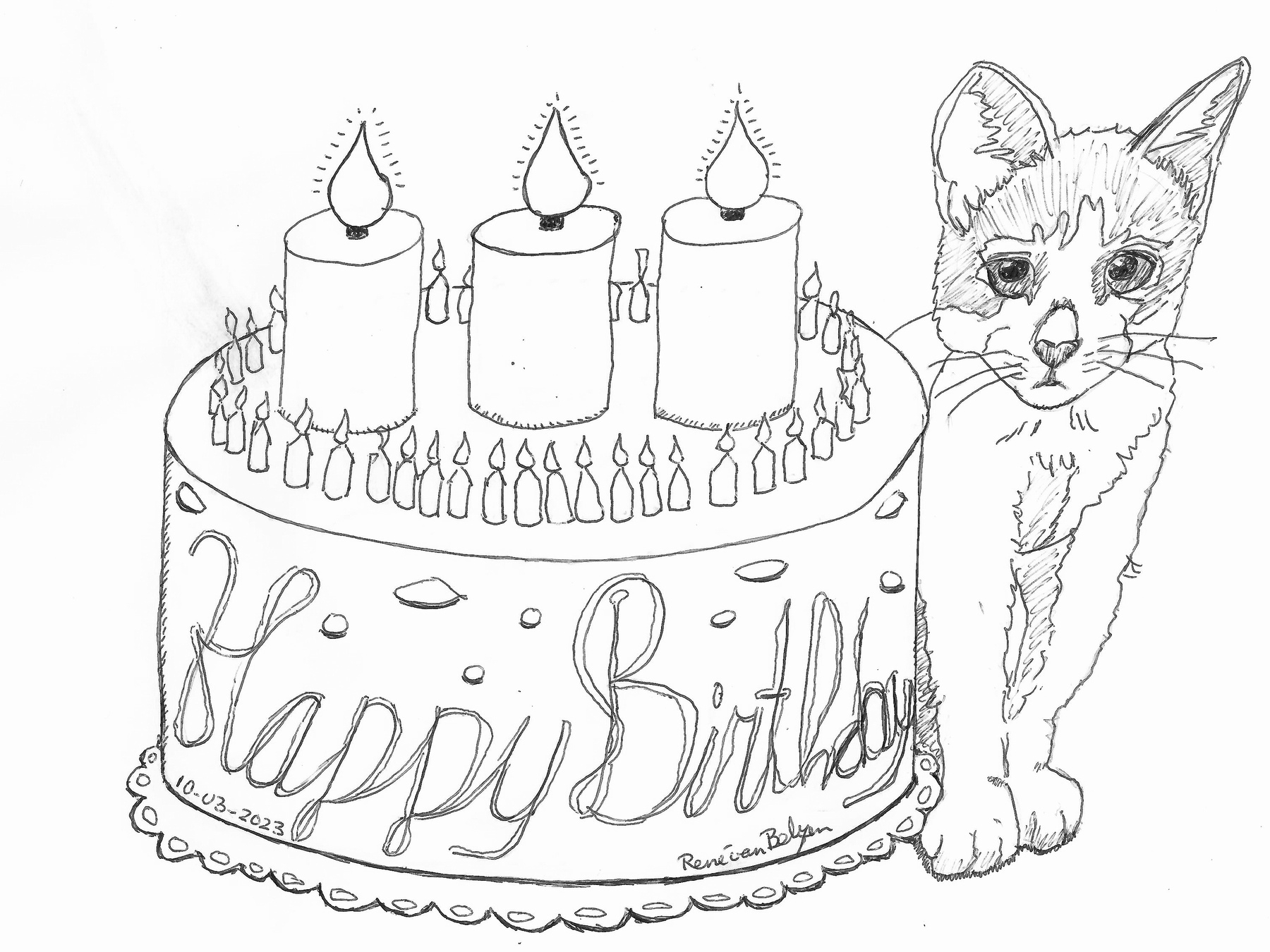
-
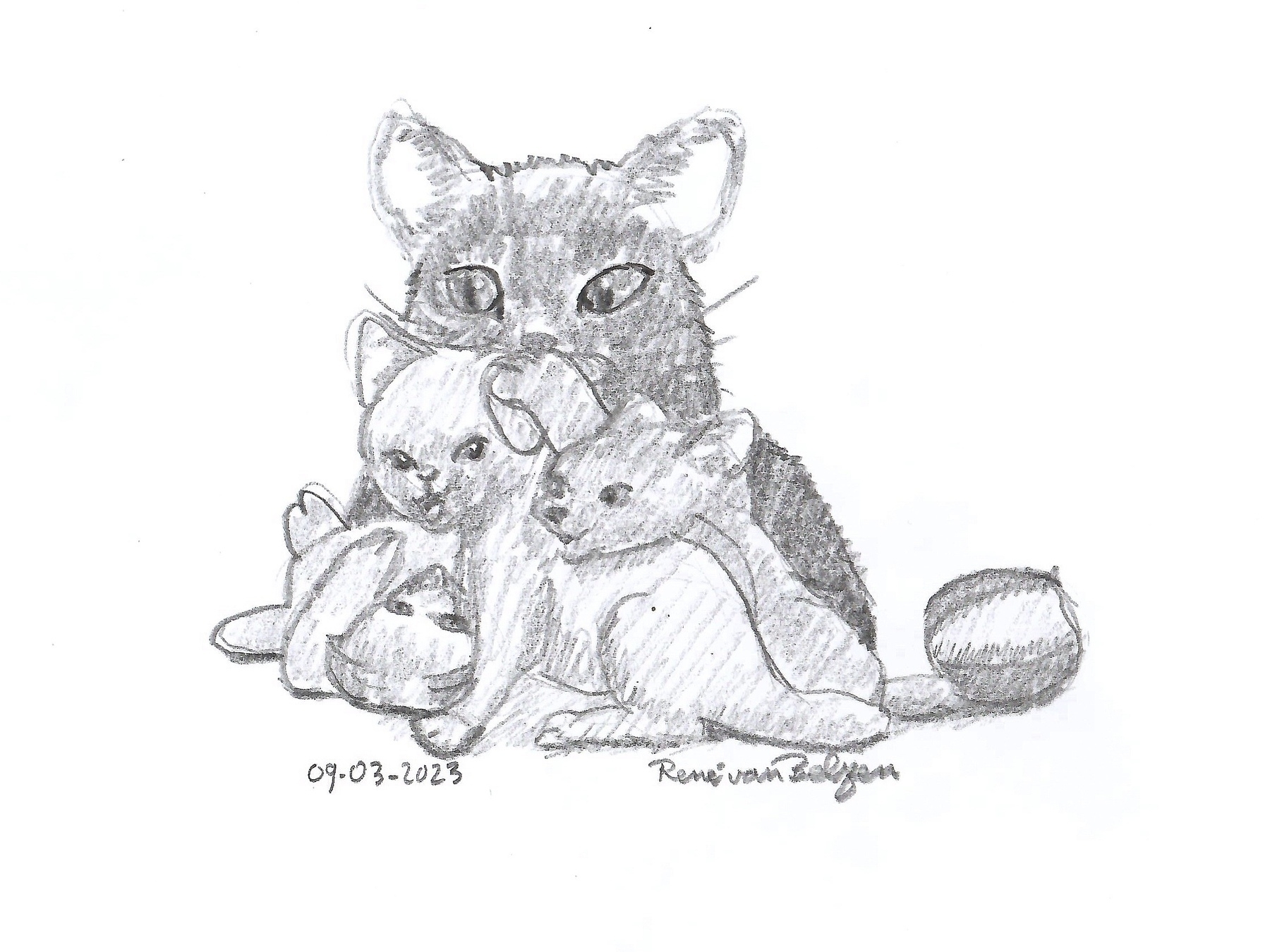
-
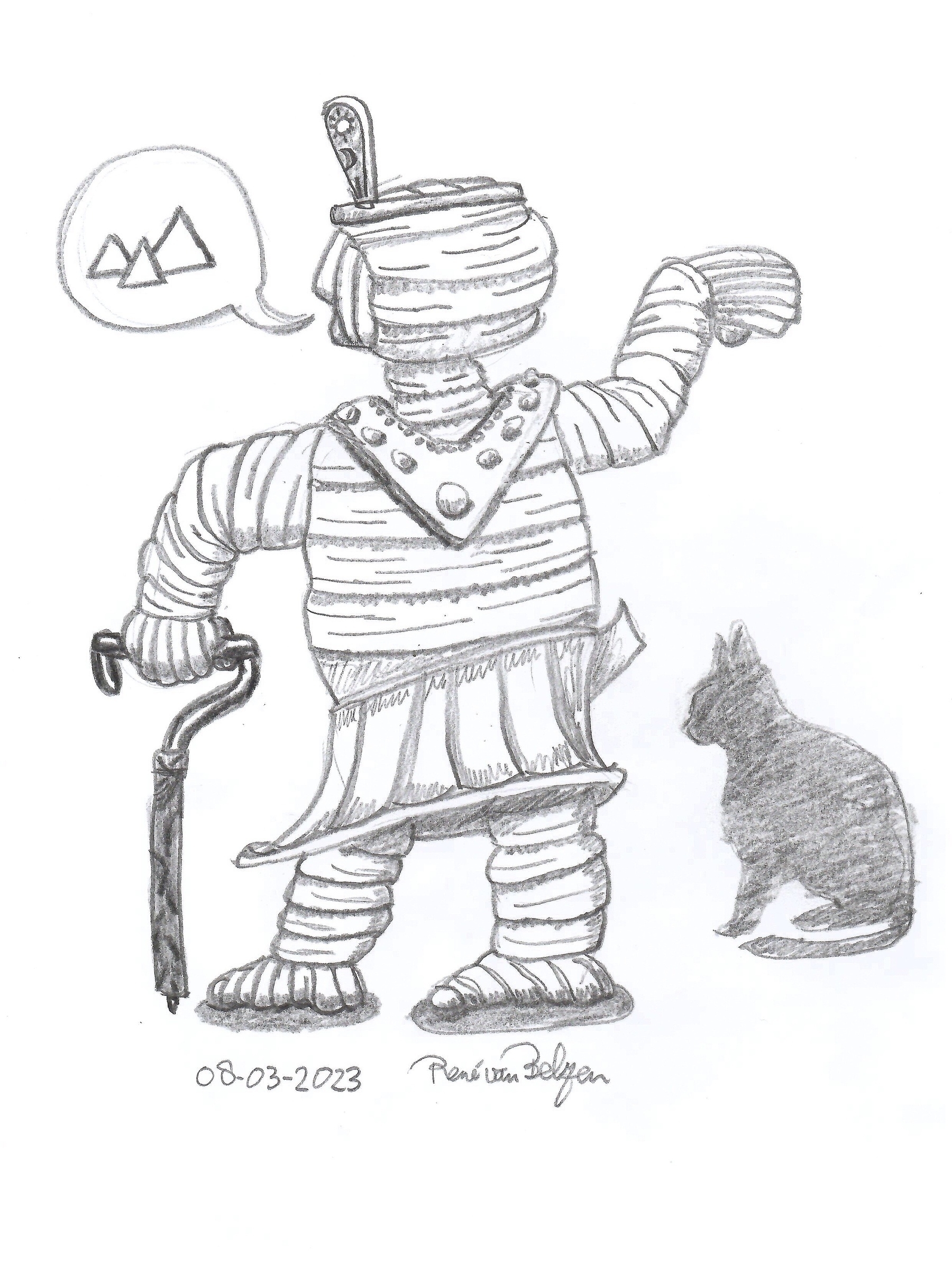
-
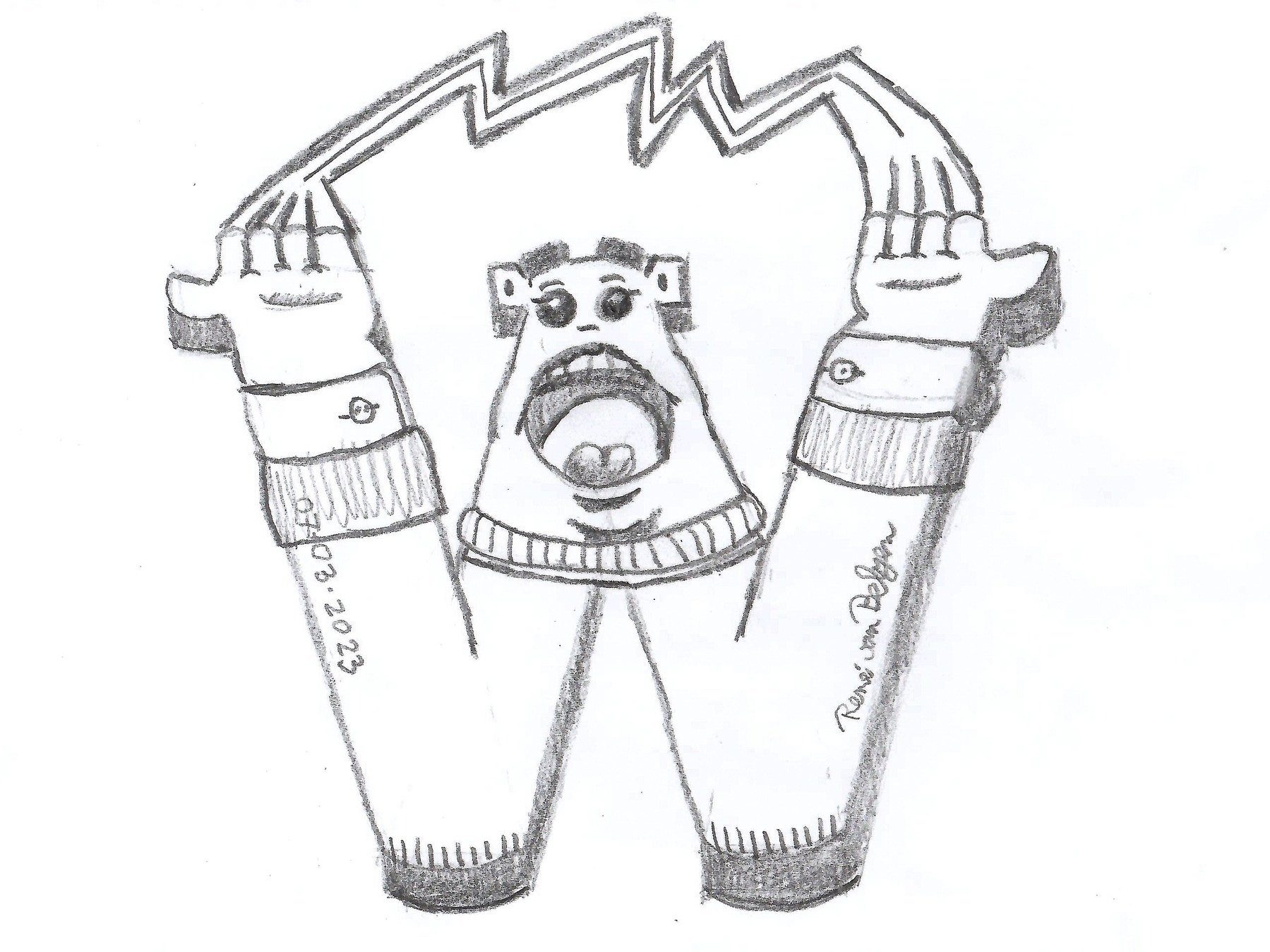
-
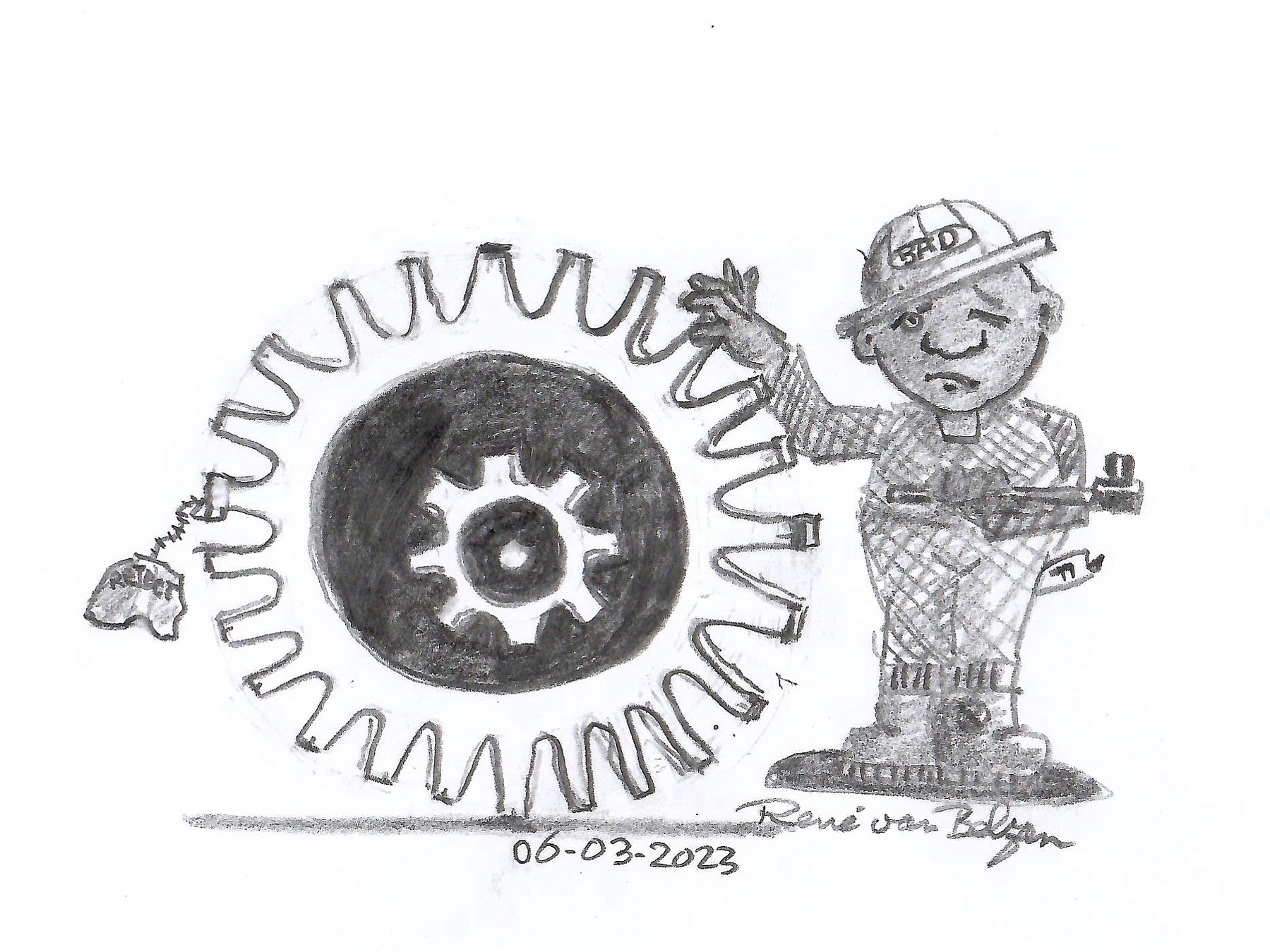
-
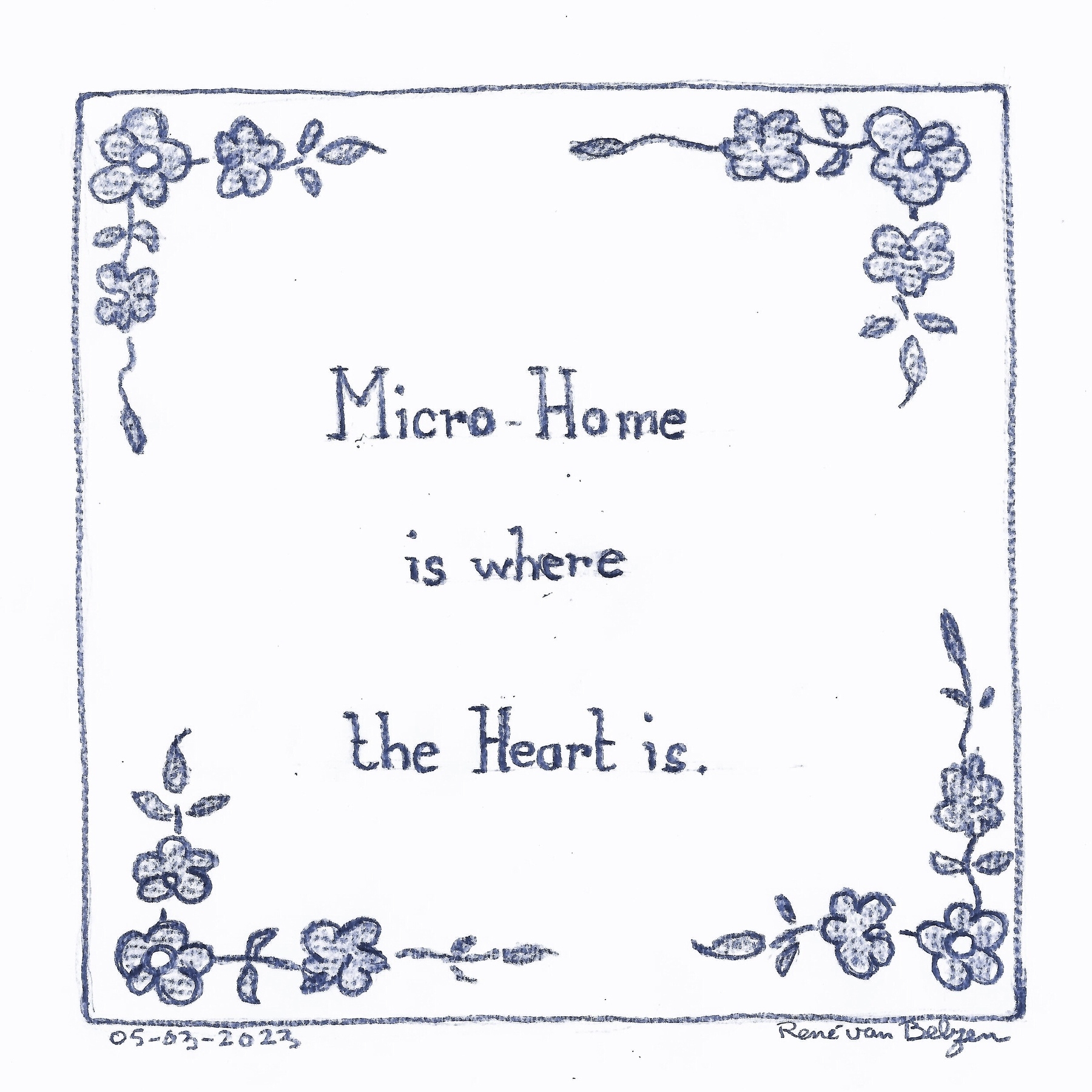
-
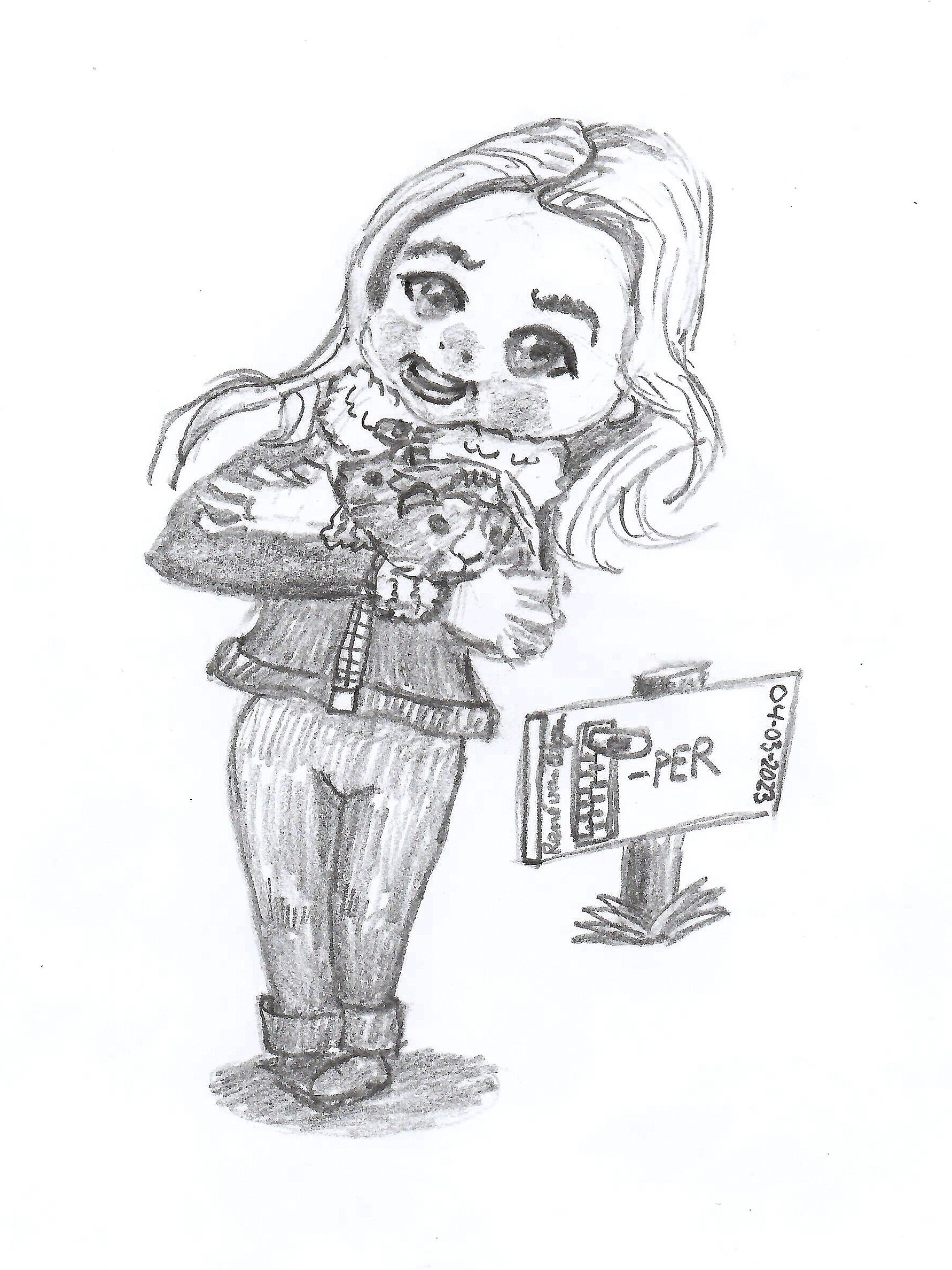
-
I should keep drawing animals, and slowly my skill should improve.
🎨🐱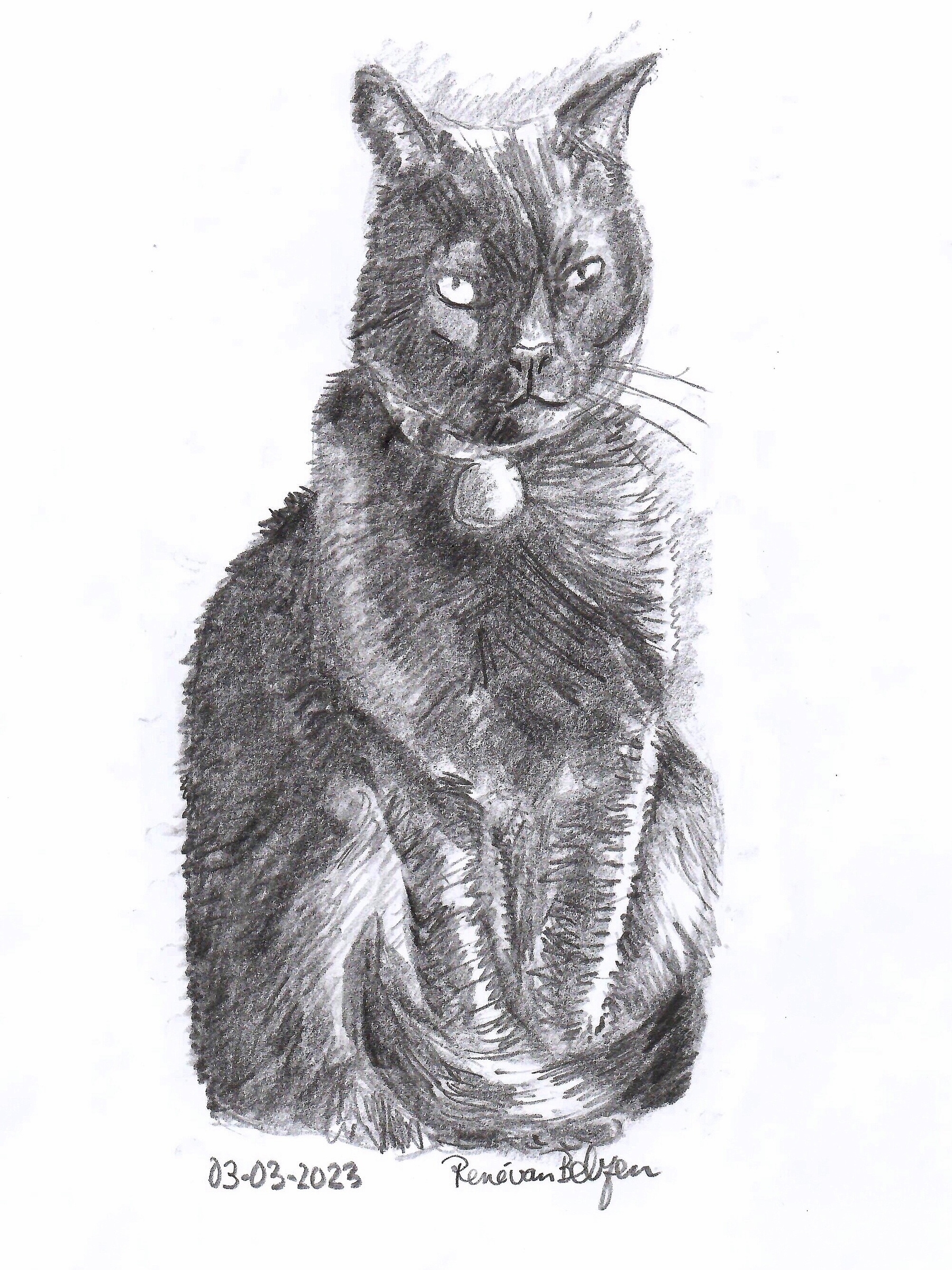
-
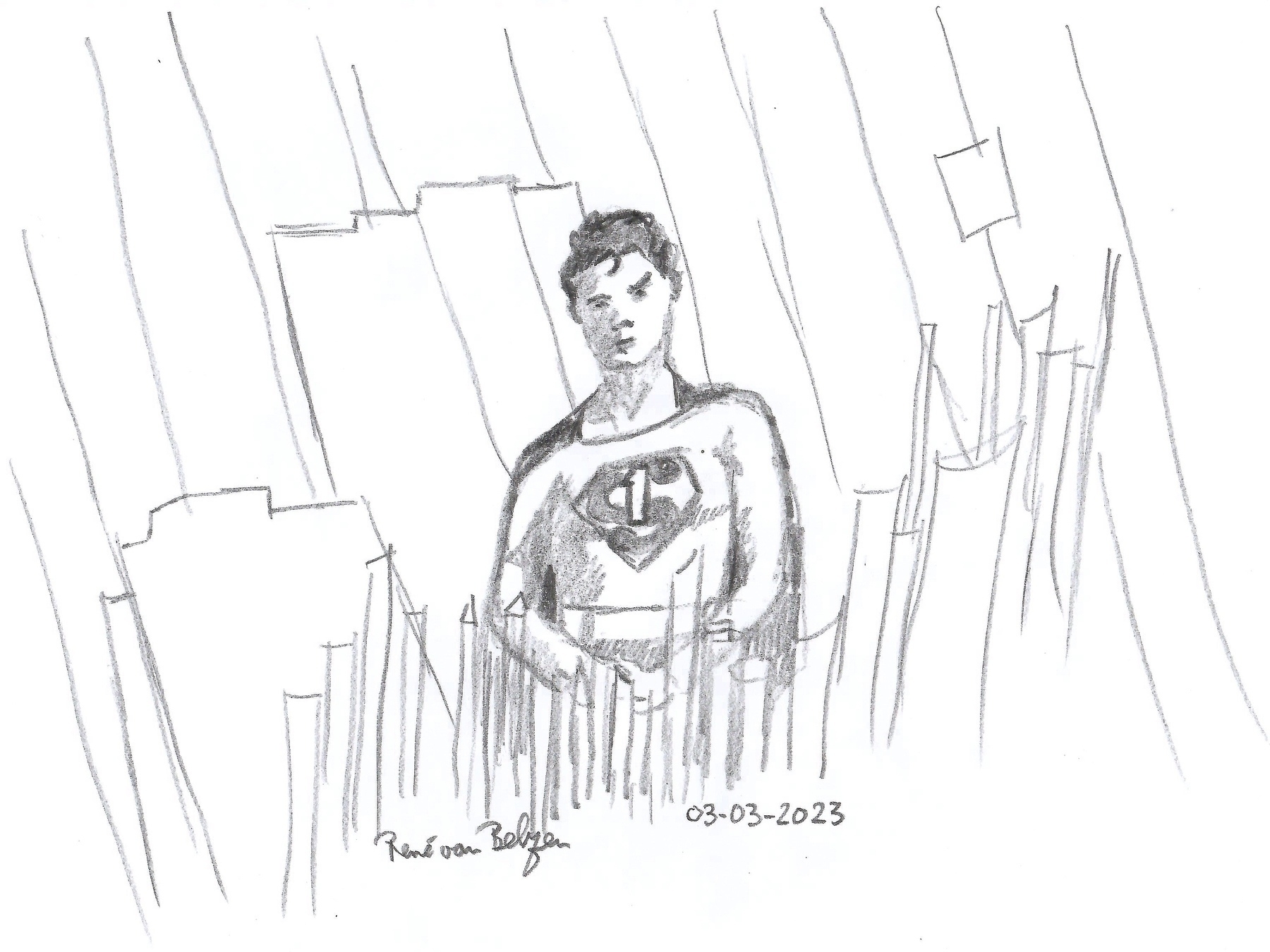
-
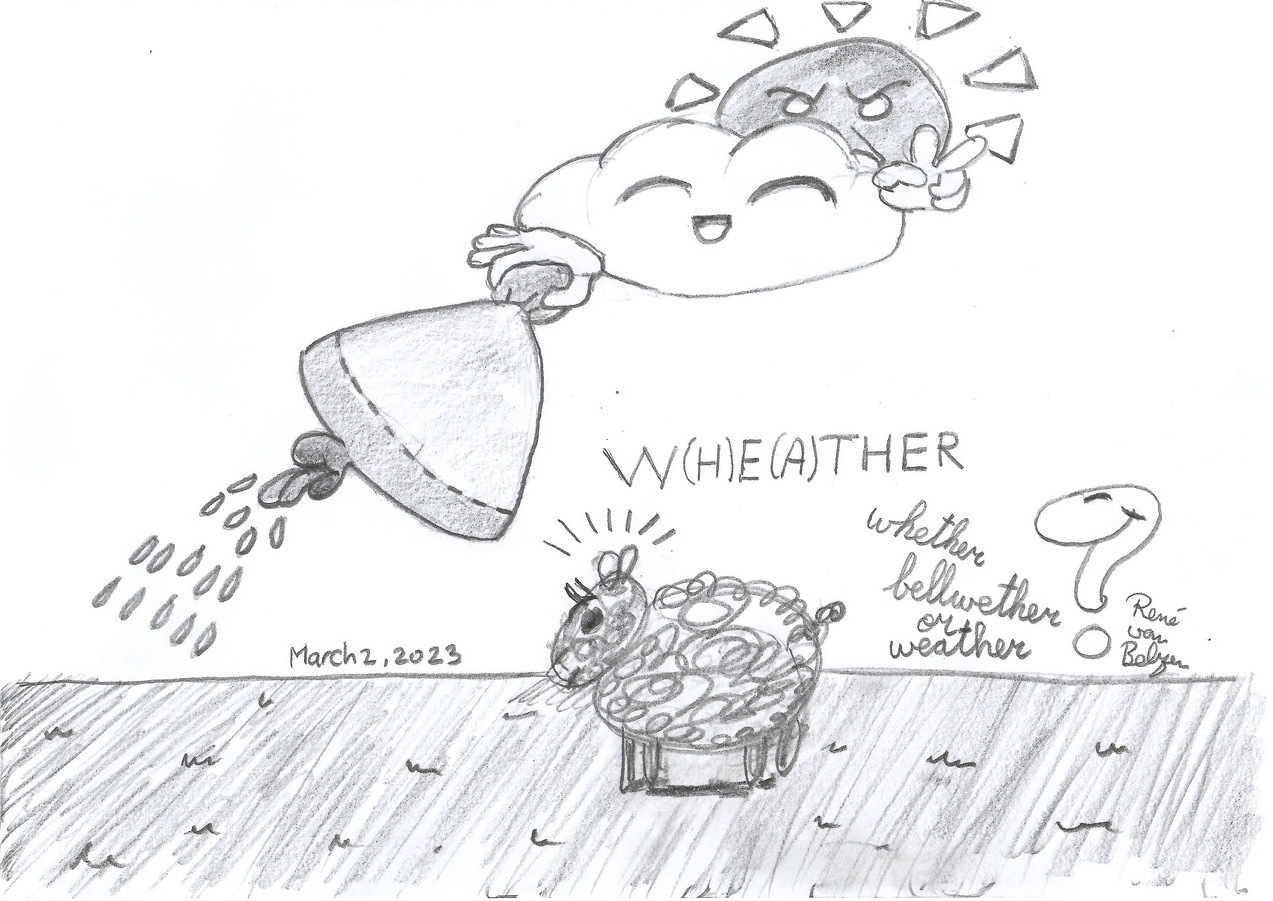
-
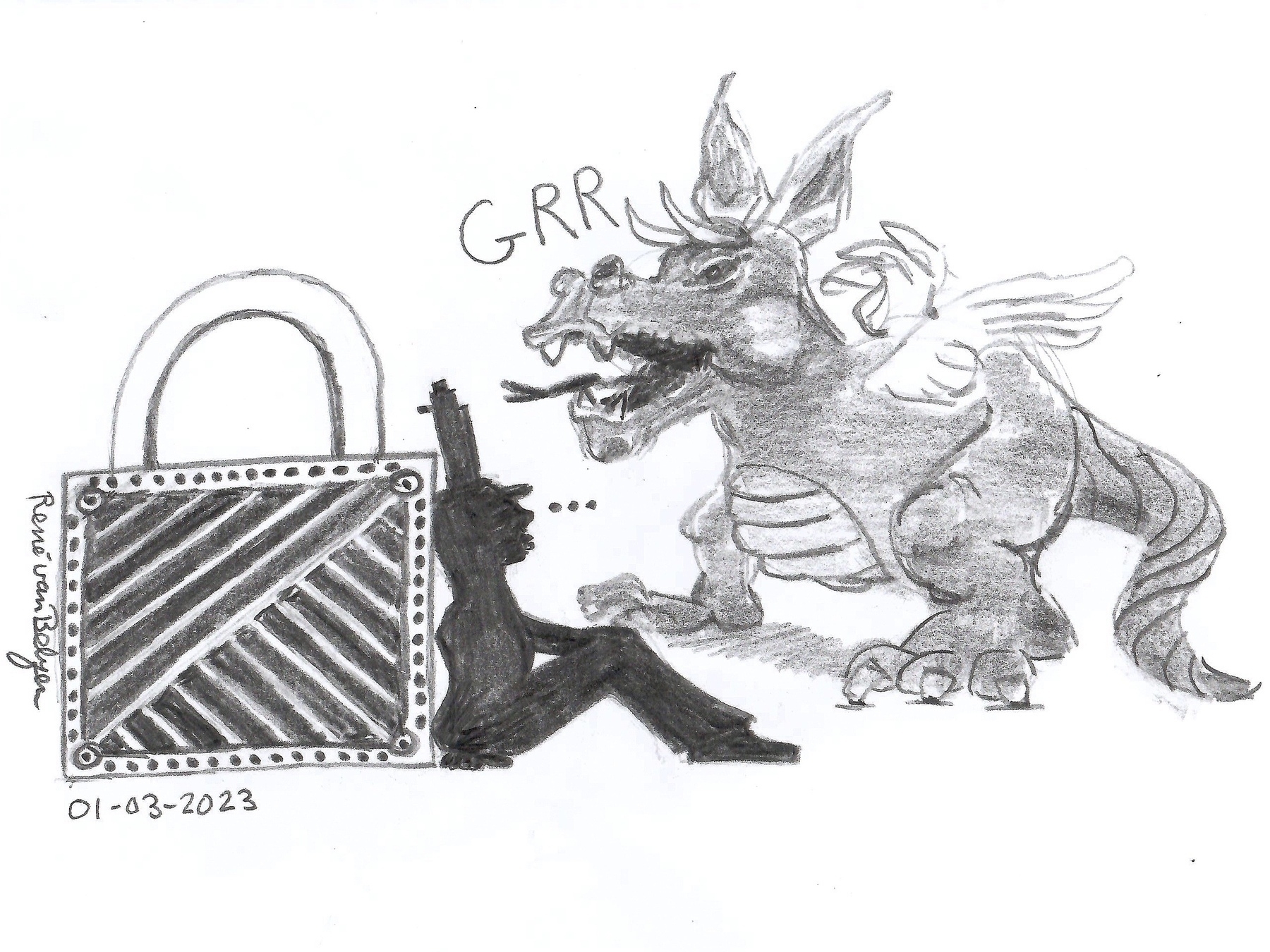
-
I can see that a combination of drawing sloppily and with more intent can have a lasting effect if you do it daily. Having a good order of operations helps too, drawing from big and rough to smaller and more detailed. It’s something an AI can never do, since it doesn’t draw.
🎨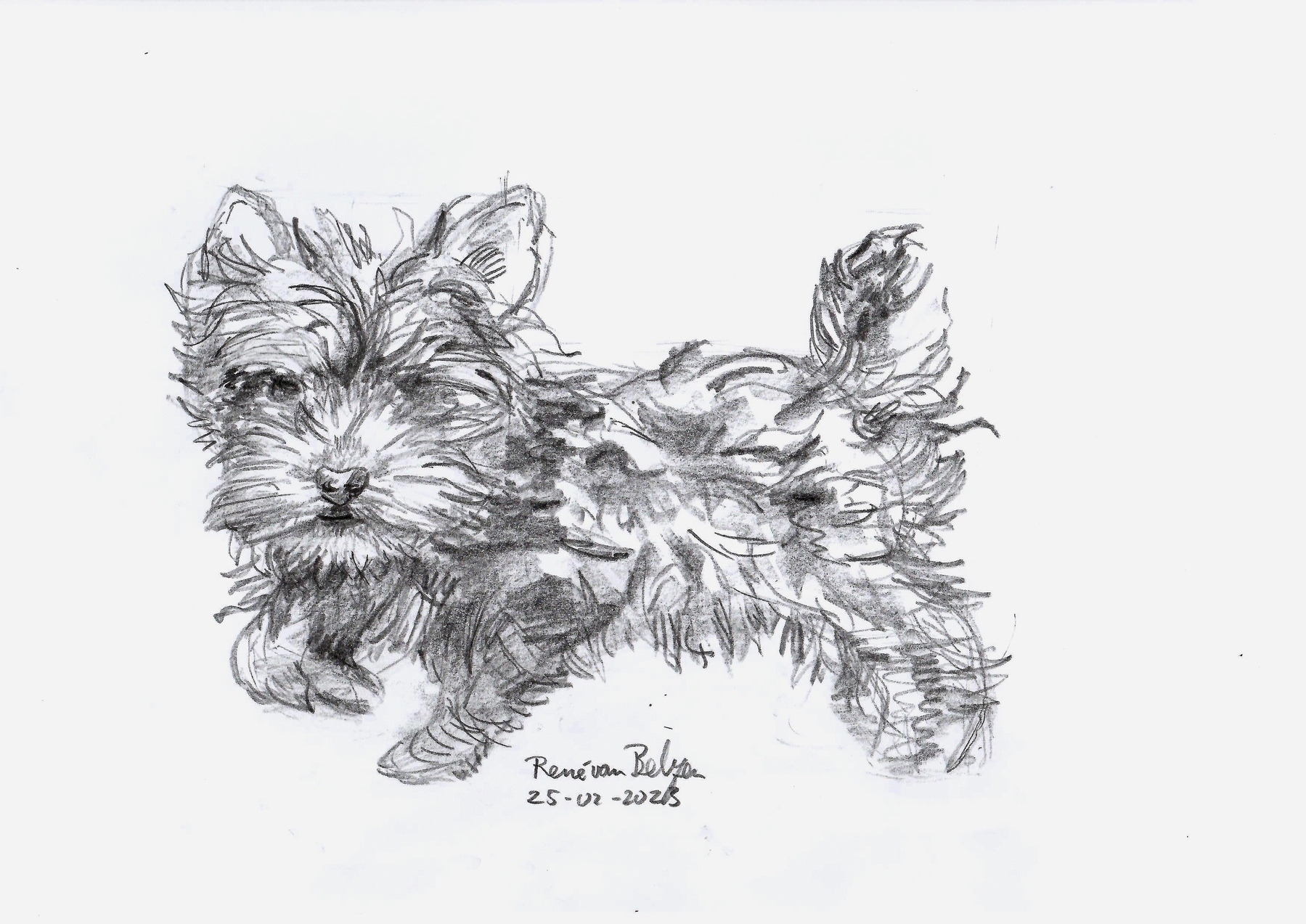
-
I can see there’s something wrong with this sketch of a cat, and I know why it’s wrong, but not what is wrong. Drawing from reference does not mean copying the thing. Since it’s so below average, I guess it doesn’t matter.
🎨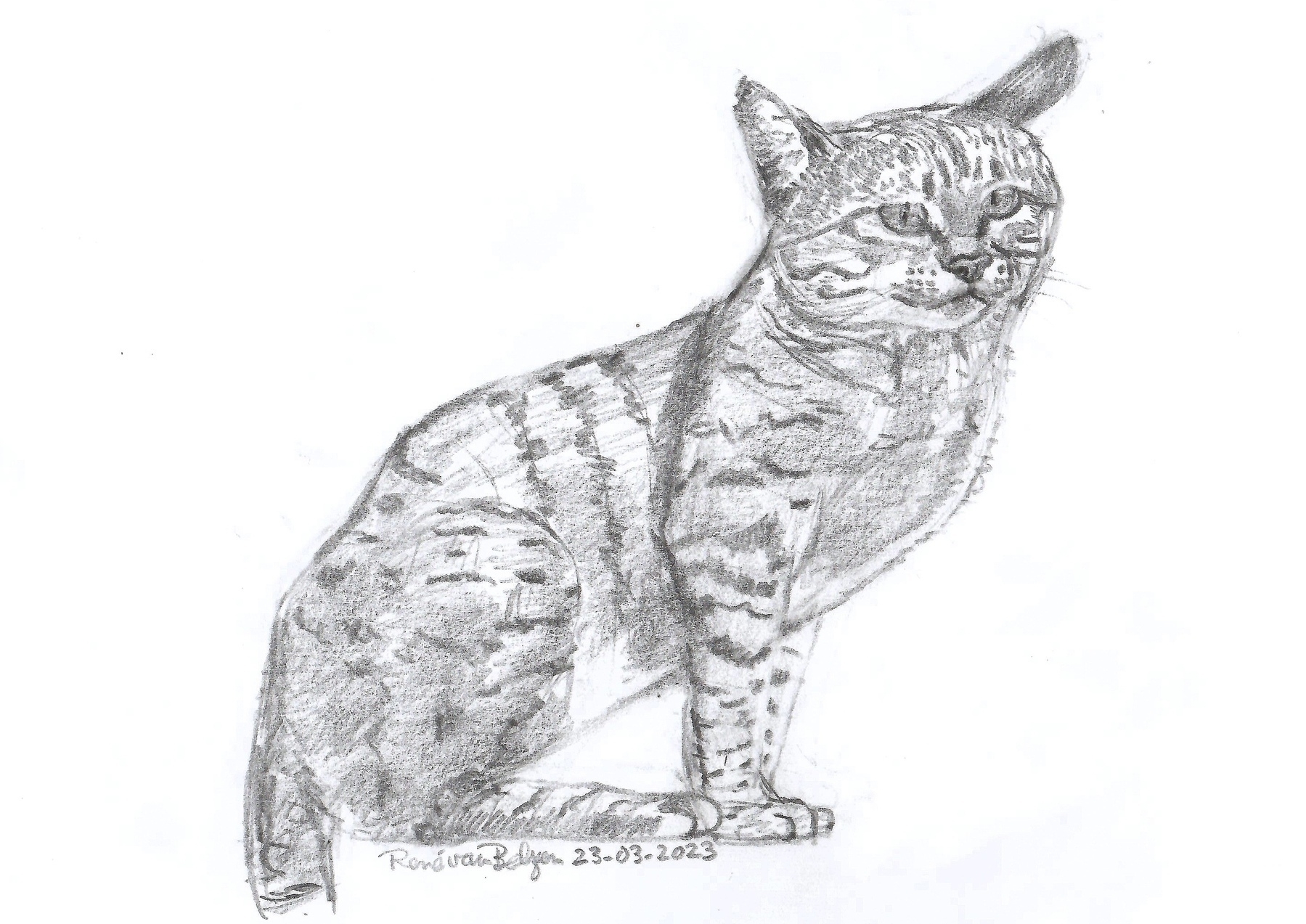
-
You say it’s only a paper moon, sailing over a cardboard sea. But it wouldn’t be make believe if you believed in me.
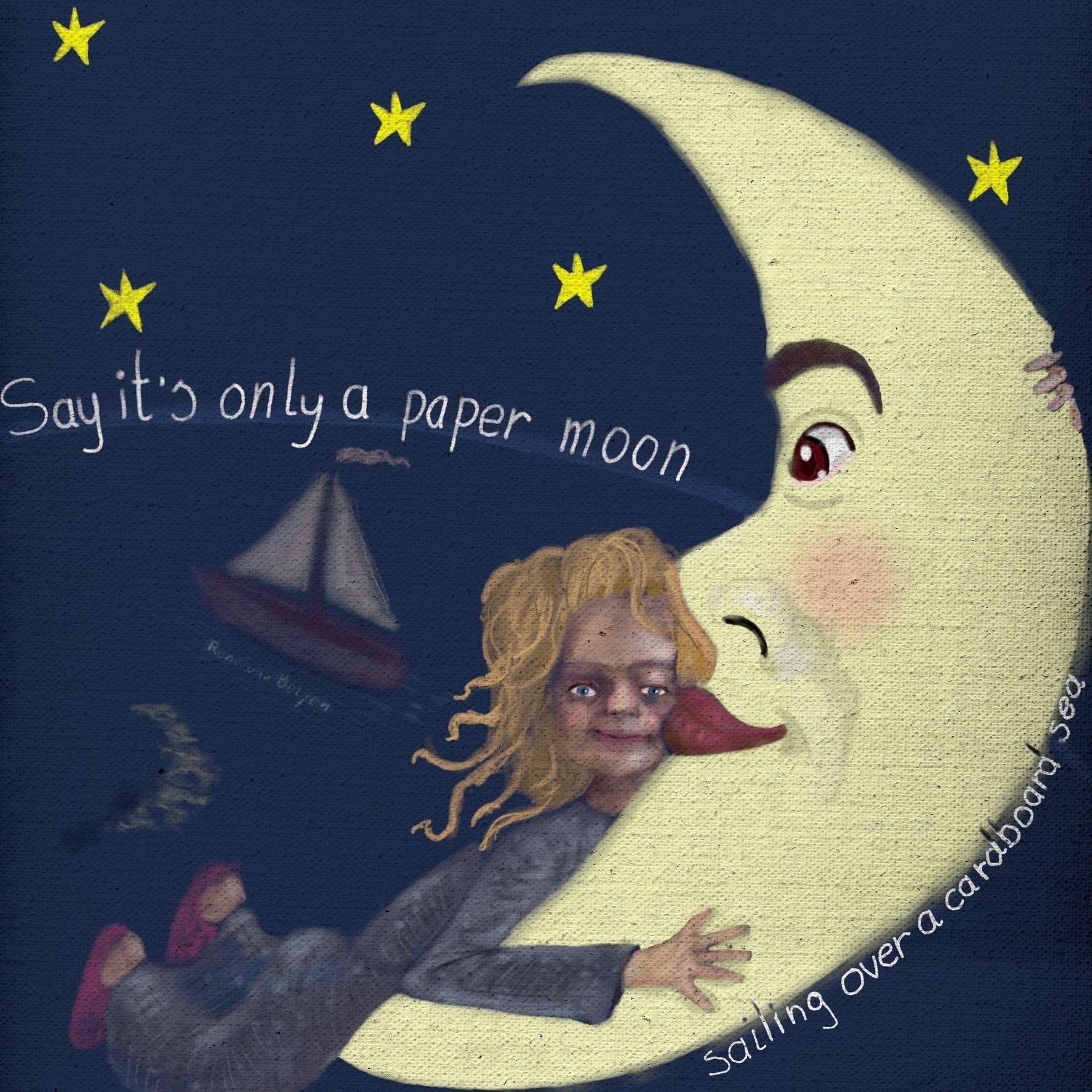
-
Knowing that what I drew is most likely not very similar to the reference is one thing. Telling myself it isn’t any good is just a silly thing. That it’s different from what I expected, sure, but bad? Excepting one’s shortcomings is tough, especially not wanting to except.
🦆🎨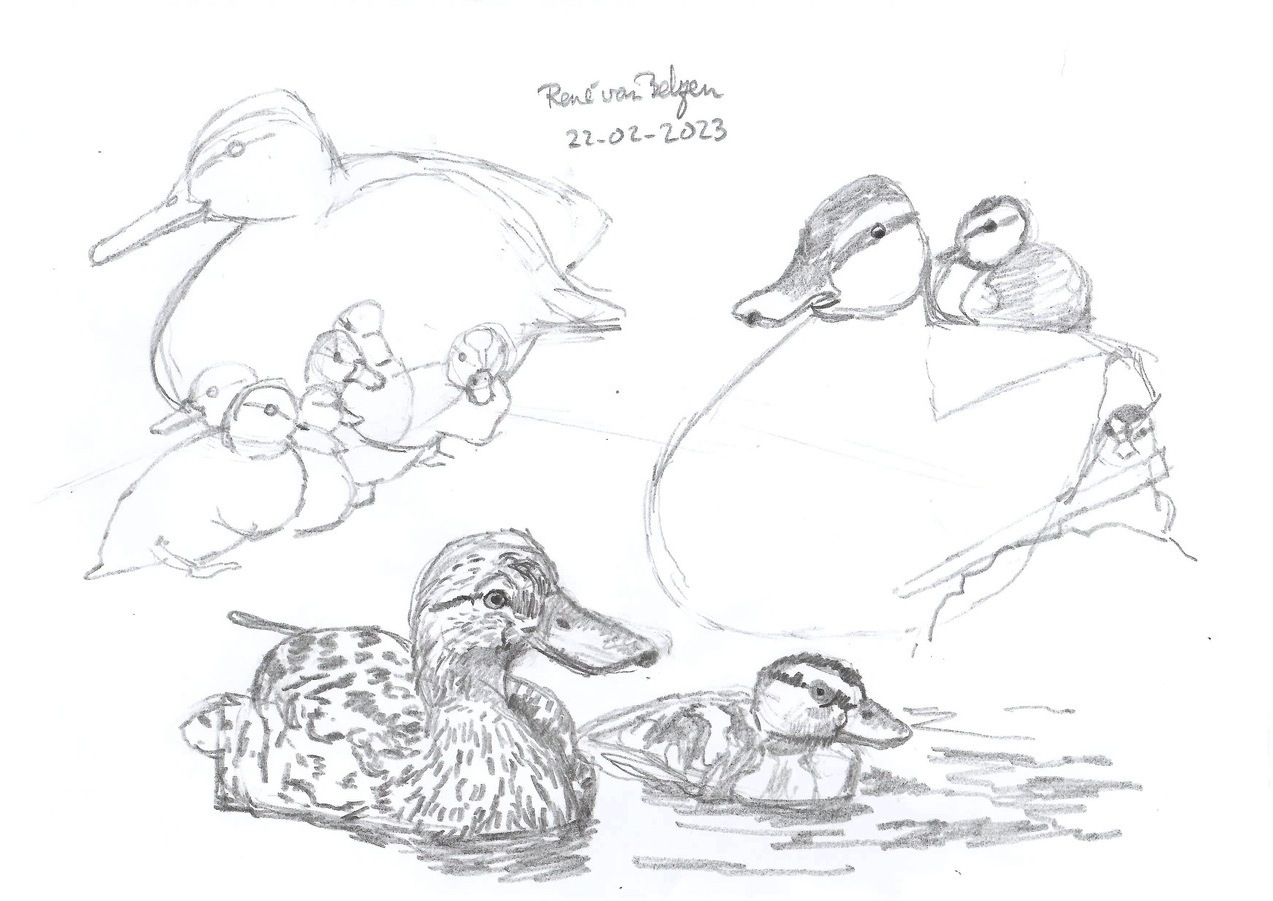
-
Drawing skill is mostly an observational skill, be it direct or from imagination. I’ve always noticed that I’m slow; it takes time to absorb information, which means I often get it wrong. Still, practice makes better.
🎨